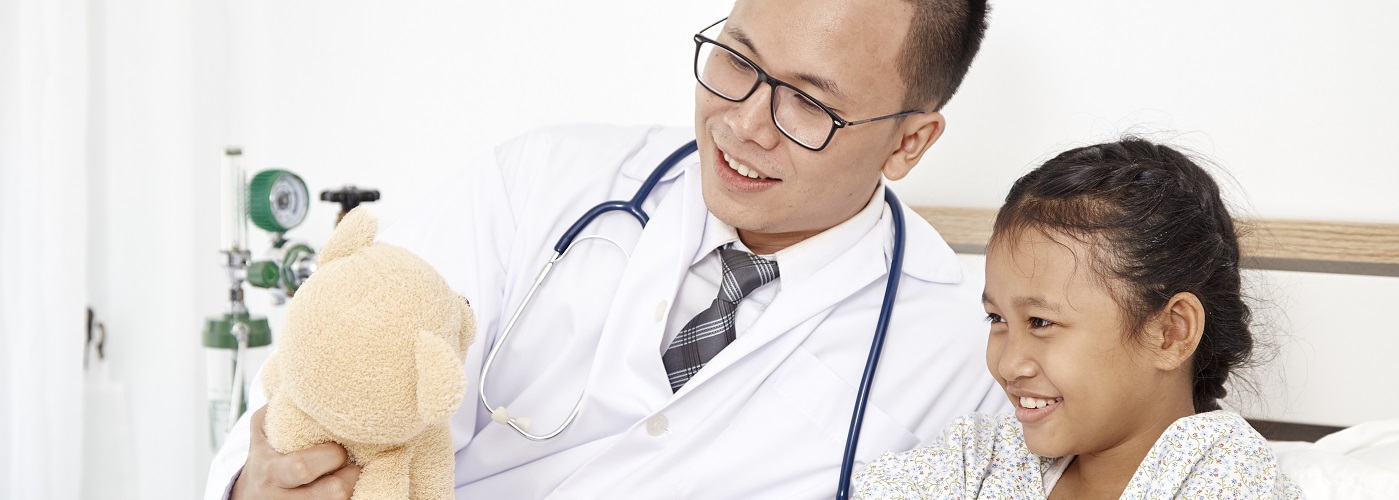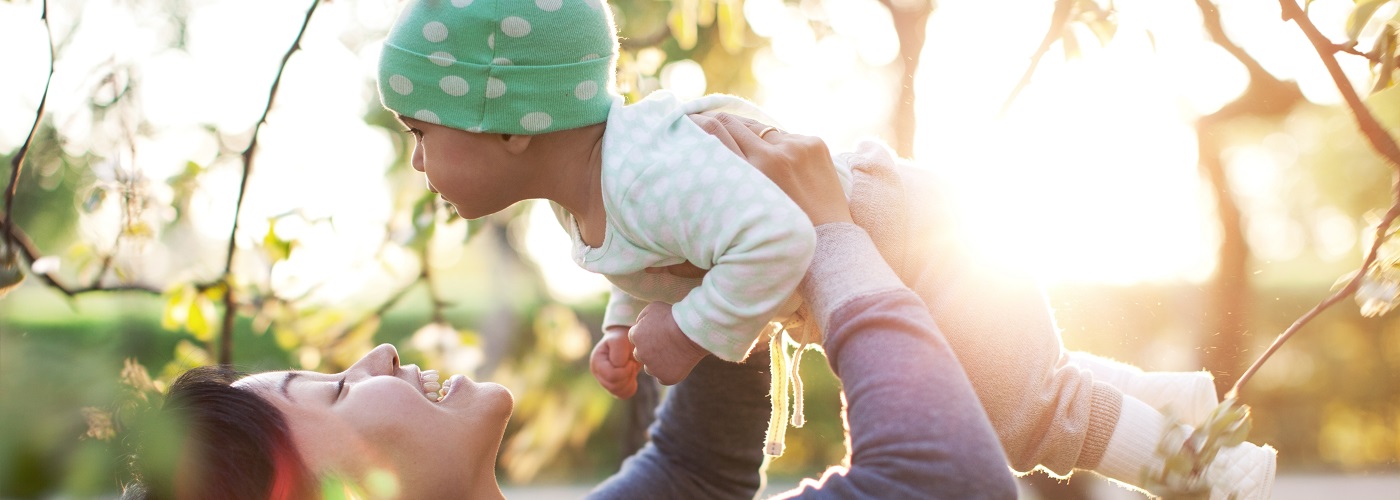
According to the CDC, approximately 15,000 children and adolescents younger than 20 years were diagnosed with cancer in 2021 in the USA. Among adolescents aged 15-19 years, around 5,090 were diagnosed with cancer. In Malaysia, the occurrence of paediatric cancers is about 77.4 per one million children under 15 years of age. (Source: Malaysian Society of Paediatric Haematology and Oncology)
As a group of diseases, each cancer type has its own name, characteristics, treatment, responses to treatment and survival rate.
To better understand cancer, one must understand cells. Cells are essentially fundamental building blocks that make-up all the tissues and organs in the body. Each cell possesses a nucleus (command centre) that tells it what to do. When cancer occurs, typically, something is wrong in the command centre as cancerous cells get out of control.
For instance, cancerous cells divide when they should not and stay alive longer than they should. Cancerous cells can also take the place of normal cells, resulting in a solid mass called a tumour.

Paediatric oncology is a medical discipline that revolves around the research and treatment of different cancers in children and young adults.
(Source: WHO)
Paediatric oncologists are specialist doctors who diagnose and treat cancers in children and teens. Paediatric oncologists also tend to also specialise in haematology and are thus referred to as paediatric oncologists/haematologists.
In some instances, paediatric oncologists can continue treating patients with cancer until they reach their mid-20s. Besides administering treatment, paediatric oncologists possess specific knowledge to help children understand, manage, and navigate their cancer diagnosis.
Leukaemia are essentially cancers of the bone marrow and blood. This is the most prevalent childhood cancer as it accounts for approximately 28% of all paediatric cancers worldwide. (Source: Cancer.org)
Acute lymphocytic leukaemia and myeloid leukaemia are the most common type of leukaemia in children. These leukaemia cause bone and joint pain, weakness, fatigue, pale skin, fever, bleeding or bruising, and weight loss.
Unfortunately, acute leukaemia grows quickly, so they need to be treated (usually with chemotherapy) as soon as they are discovered.
Brain and spinal cord tumours account for roughly 26% of childhood cancers worldwide. (Source: Cancer.org) There are multiple types of brain and spinal cord tumours, and their treatments all differ.
Typically, most childhood brain tumours start in the lower parts of the brain, like the cerebellum or brain stem.
They cause headaches, vomiting, nausea, blurred or double vision, dizziness, seizures. On the other hand, spinal cord tumours are significantly less common than brain tumours in both children and adults.
This cancer accounts for 6% of paediatric oncological issues, (Source: Cancer.org) and tends to start in early forms of nerve cells in a developing embryo or foetus. However, neuroblastomas are very rare in children older than 10.
Furthermore, this cancer type typically starts in the tummy (abdomen) as swelling. Then causes other symptoms, like bone pain and fever.
Wilms tumour (also referred to as nephroblastoma) typically starts in one, or rarely, both kidneys. It accounts for 5% of childhood cancers worldwide. (Source: Cancer.org)
Often found in children who are 3 to 4 years old, it can appear as a swelling or lump in the abdomen. At times, the child might even manifest a fever, pain, nausea, or even poor appetite.
Lymphomas start from immune system cells called lymphocytes. These cancers often start in lymph nodes or other lymph tissues, such as the tonsils or thymus. In some instances, they also invade the bone marrow.
Non-Hodgkin lymphoma accounts for 5% and Hodgkin's lymphoma accounts for 3% of childhood cancers worldwide. (Source: Cancer.org)
Its symptoms typically depend on where the cancer starts. However, common symptoms include unaccounted weight loss, fever, sweats, fatigue, and lumps (swollen lymph nodes) under the skin in the neck, armpit, or groin.
Rhabdomyosarcoma accounts for 3% of worldwide childhood cancers. (Source: Cancer.org) It starts in body cells that typically develop into skeletal muscles. This cancer type can start in any place in the body, including the abdomen, head and neck, groin, pelvis, or arm or leg.
Its symptoms typically include pain or lumps in any part of the body.
Primary bone cancers occur mostly in older children and teens but can develop at any age. This cancer type accounts for about 3% of childhood cancers (Source: Cancer.org), and comes in two forms, namely:
Osteosarcoma typically develops in areas where bones grow quickly, like near the ends of the leg or arm bones. It often triggers bone pain that worsens at night or with activity. It can also sometimes lead to swelling in the area around the bone.
Ewing sarcoma which is often found in young teens, and starts around the pelvic (hip) bones, the chest wall (like the ribs or shoulder blades), or in the middle of leg bones. Its symptoms typically include bone pain and swelling.
Accounting for 2% of childhood cancers (Source: Cancer.org), retinoblastoma is the cancer of the eye. It typically occurs in kids around the age of 2 years and is rarely found in children older than 6 years.
Retinoblastomas are noticeable when you shine a light in a child’s eye, and their pupil appears white or pink instead of the normal red.
Unlike adult cancers, the majority of paediatric cancers don't have a known cause. Many research studies have continually sought to identify the causes of childhood cancer. However, very few childhood cancers are caused by environmental or lifestyle factors.
This means that cancer prevention in children should focus on behaviours that might prevent the child from developing preventable cancer as an adult. However, some theories allude to the fact that a few childhood cancers are hereditary. But those are very rare instances.
Generally speaking, cancers in children happen much less often than in adults. Furthermore, adult cancers usually occur at different locations - the skin, lung, breast, prostate, and colon.
On the other hand, for children, cancers typically affect blood and bone marrow, brain, lymph tissue, nervous system, muscles, kidneys, and bones. Additionally, cancer in children often tends to respond better to treatment than cancer in adults.
The first tool of diagnosis for paediatric cancers is physical examination. Afterwards, the following tests can be employed and used to substantiate any diagnosis:
There are several disparate ways to treat cancer. As mentioned at the commencement of this article, cancer cells tend to grow out of control. This means that each type of cancer can be treated differently, depending on what is considered the most effective treatment in killing a specific type of cancer cell.
In some rare cases, several types of cancer treatment options may be administered for a specific cancer.
Chemotherapy stops cells from growing or causes cell death. Each different type of chemotherapy approach aims to stop cell growth or kills cells in a different way. However, when chemotherapy destroys cancer cells, most times healthy cells may also be damaged.
Typically, chemotherapy can be administered via the mouth, into a vein, muscle, or spinal fluid. As such, chemotherapy typically reaches every part of your child's body, not only the cancer cells.
Furthermore, children may manifest different side effects, depending on the medicine they consume. However, the oncologist may suggest medicines/treatments to ease your child’s side effects. Unfortunately, in a few cases, chemotherapy can lead to long-term side effects in children.
Radiation therapy entails the use of high-energy x-rays to kill rapidly growing cells, like cancer cells. However, similar to chemotherapy, radiation therapy can also damage healthy cells.
Though, unlike chemotherapy, radiation therapy doesn’t cause cell damage throughout the body, but only in the area of the body where radiation is administered. For instance, if your child needs to receive radiation treatment, the radiation area is measured precisely and marked on your child’s body. This process is referred to as simulation.
Different types of surgery are employed to treat cancer.
Primary surgery: This surgery type removes all, or most of a tumour at the time of diagnosis. However, at times, because of the size, or the area of the body, a tumour cannot be safely removed immediately. In this instance, chemotherapy or radiation therapy may be given before surgery to shrink the tumour and make it easier to remove.
Second look surgery: This surgery type is performed after treatment with chemotherapy, radiation, or even primary surgery. Here, surgeons aim to see how well the other treatments have worked in killing the cancer cells, to then remove any remaining tumour.

For the most part, paediatric cancer patient receives palliative care.
Palliative care helps relieve symptoms caused by cancer to improve the quality of life of a child. However, not all cancer in children can be cured, though relief from suffering is possible for everyone.
Paediatric palliative care is a vital component of comprehensive care and starts when the illness is diagnosed and continues throughout treatment and care. This is regardless of whether or not the child receives treatment with curative intent.
Survival rates in paediatric cancers in high income countries is about 80% whereas it remains around 30% in low-income countries. This is mainly because of the advancement of clinical trials and specialised medical care at paediatric cancer centres.
Furthermore, with better testing to determine particular types of cancers and advanced treatments available, paediatric cancers are more curable today than before. However, prompt and extensive evaluation for the type of cancer is imperative. This is because different cancer types are treated differently.
A cancer diagnosis can be overwhelming and deciding on cancer treatments can be a challenge. The caring and multidisciplinary team of healthcare professionals at Pantai Hospitals is available for consultation to provide the best care and assistance to patients through cancer screening, diagnosis, and treatment.
Get in touch with us to book an appointment today if you have any concerns or questions about cancer treatment options.
Pantai Hospitals have been accredited by the Malaysian Society for Quality in Health (MSQH) for its commitment to patient safety and service quality.

